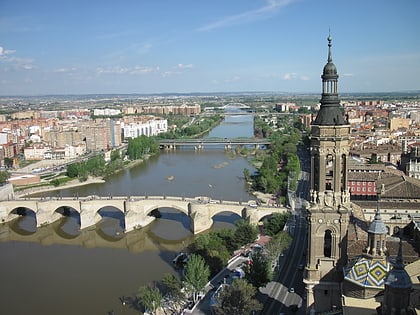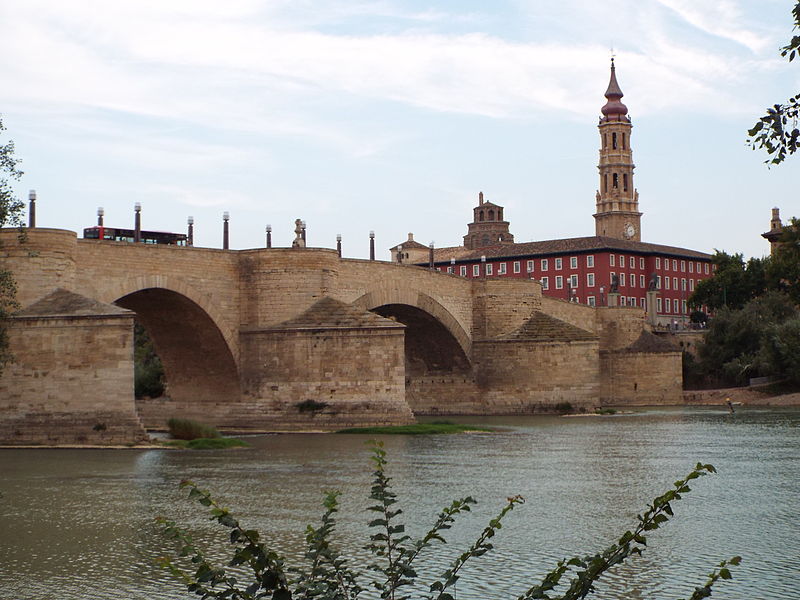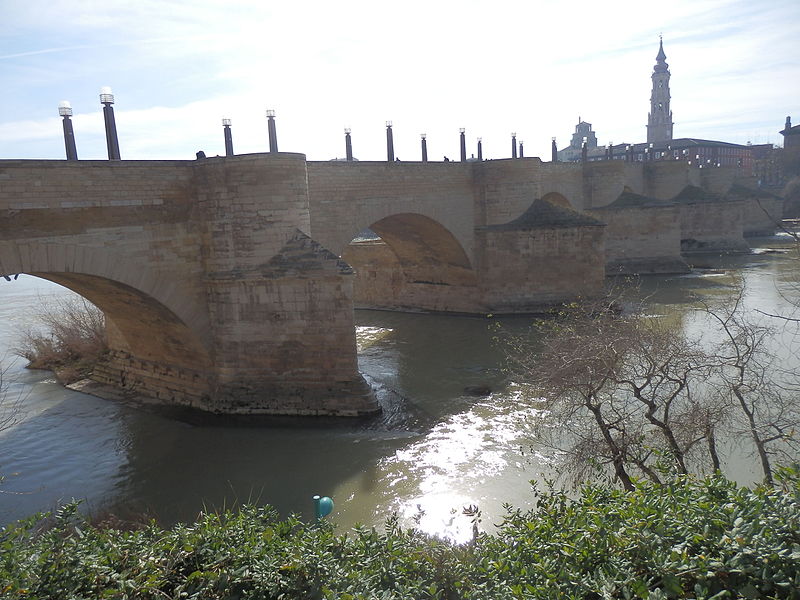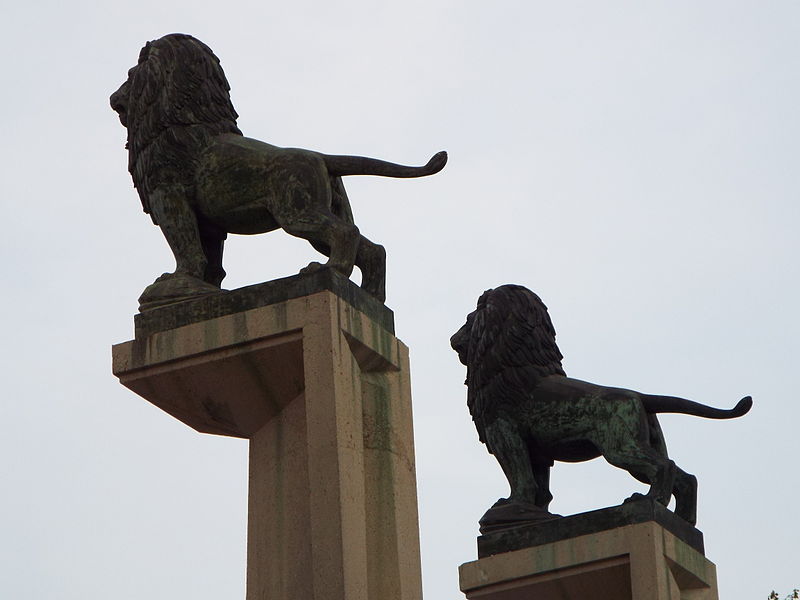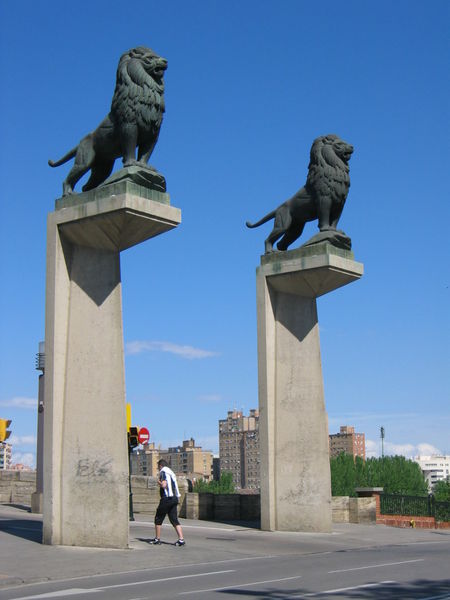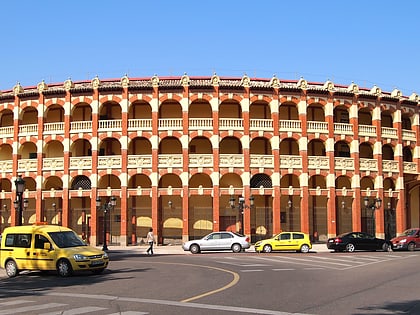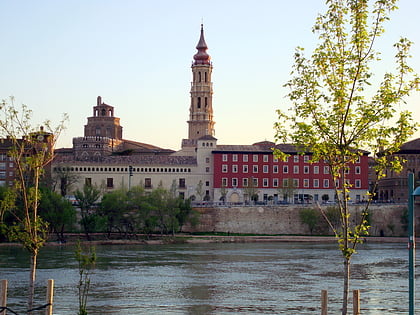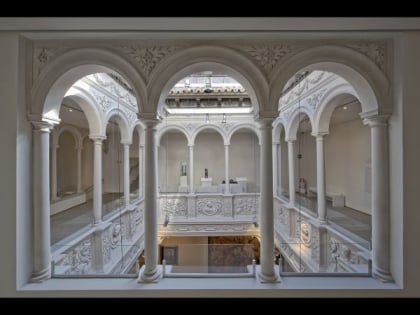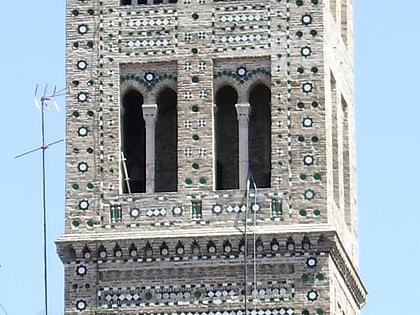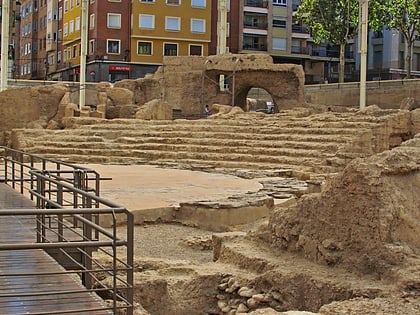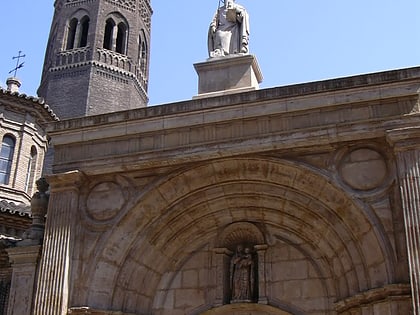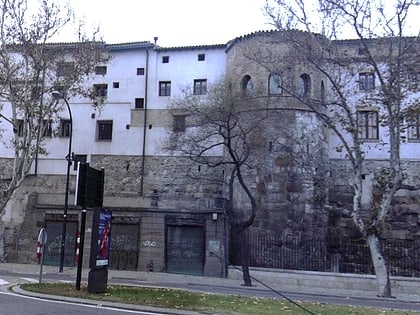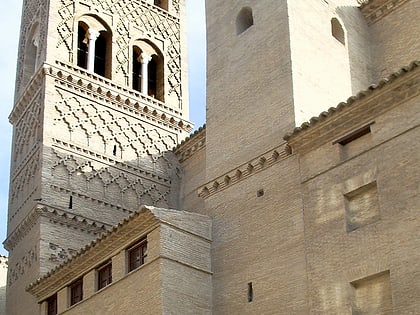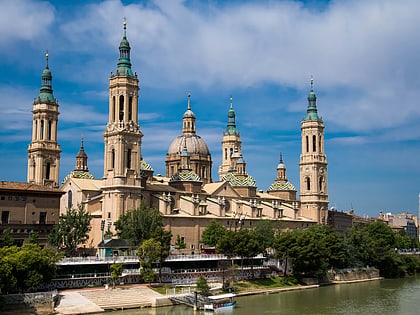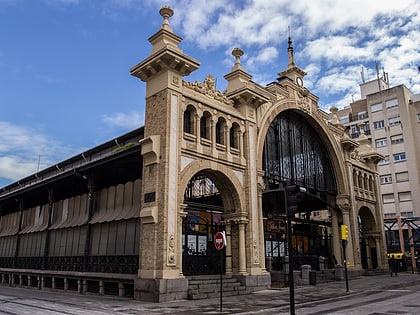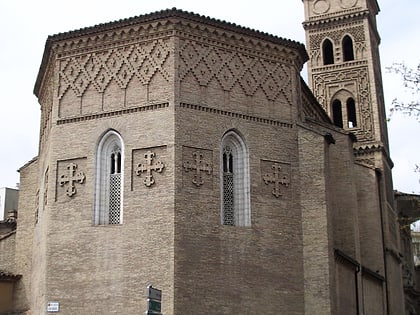Puente de Piedra, Zaragoza
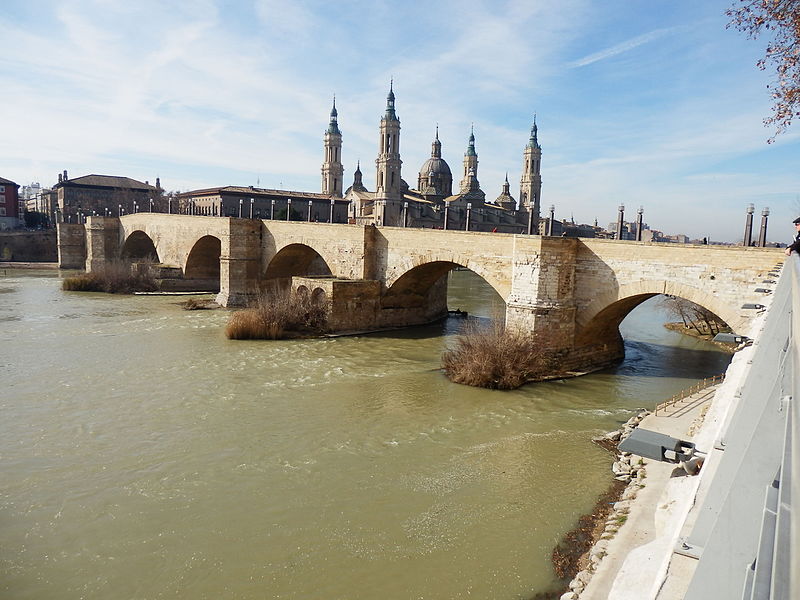
Facts and practical information
Nestled in the heart of Zaragoza, Spain, the Puente de Piedra stands as a historic emblem bridging the past with the present. This venerable stone bridge, with its origins dating back to the medieval era, has long been an integral part of the city's landscape and history. Constructed initially in the 15th century, the bridge has undergone several reconstructions, the most significant of which occurred after a devastating flood in the 17th century.
The Puente de Piedra, also known as the Bridge of Lions due to the four lion statues that guard its entrance, spans the Ebro River with a steadfast grace. It connects the Basilica of Our Lady of the Pillar with the opposite bank, serving as a vital passageway for residents and visitors alike. The bridge's robust masonry and enduring architecture are testaments to the engineering prowess of its time, and it has consistently played a crucial role in Zaragoza's urban development.
Today, the Puente de Piedra is not only a functional piece of infrastructure but also a cultural landmark. It offers a picturesque vantage point for admiring the Basilica and the flowing waters of the Ebro. The bridge's strategic location has made it a focal point for festivals and local celebrations, embedding it even deeper into the cultural fabric of Zaragoza.
Puente de PiedraCasco AntiguoZaragoza 50014
Puente de Piedra – popular in the area (distance from the attraction)
Nearby attractions include: Plaza de Toros de Zaragoza, Cathedral of the Savior of Zaragoza, Museo Goya, Magdalena.
Frequently Asked Questions (FAQ)
Which popular attractions are close to Puente de Piedra?
How to get to Puente de Piedra by public transport?
Bus
- Paseo Echegaray y Caballero / Puente de Piedra • Lines: 29 (2 min walk)
- Paseo Echegaray 112 • Lines: 101, 102, 201, 201B (4 min walk)
Tram
- Plaza del Pilar - Murallas • Lines: L1 (9 min walk)
- César Augusto • Lines: L1 (12 min walk)
Train
- Zaragoza-Portillo (29 min walk)
- Zaragoza-El Portillo (29 min walk)
